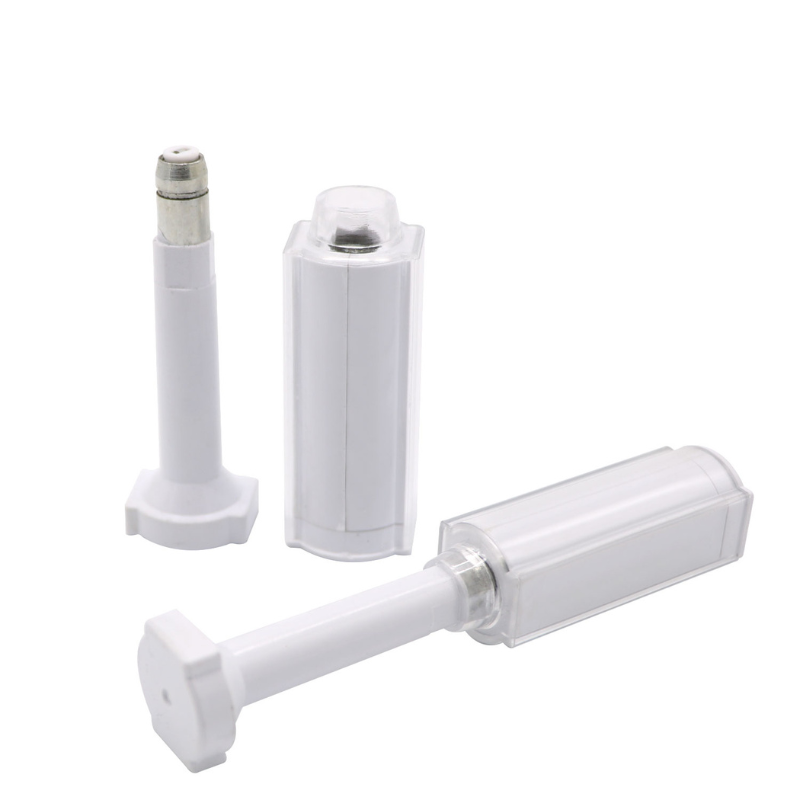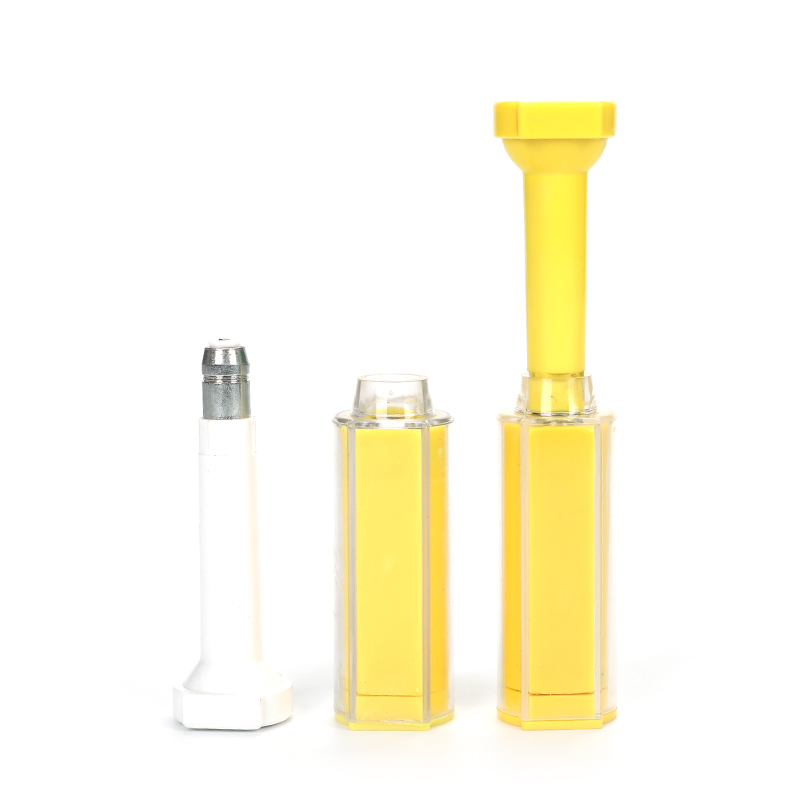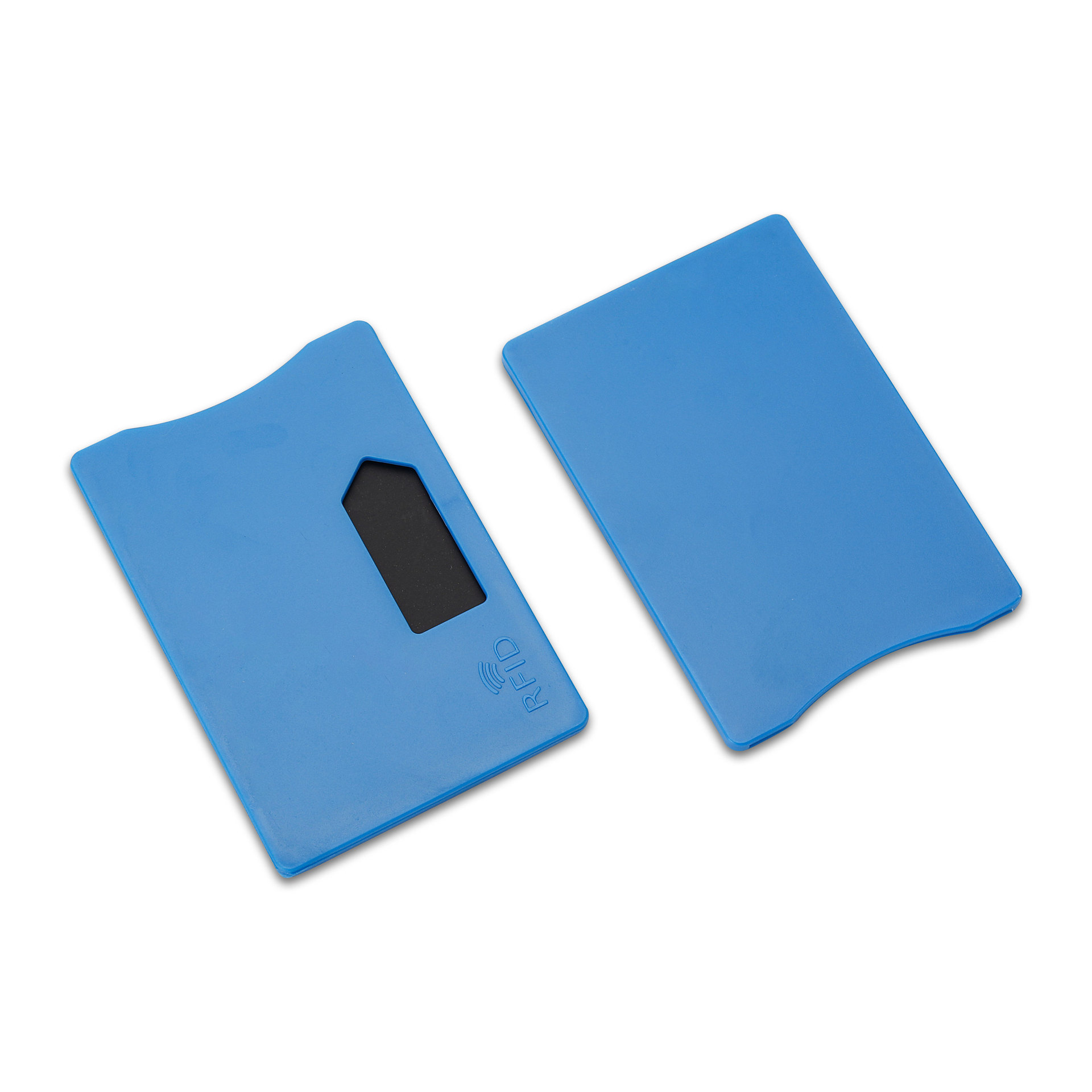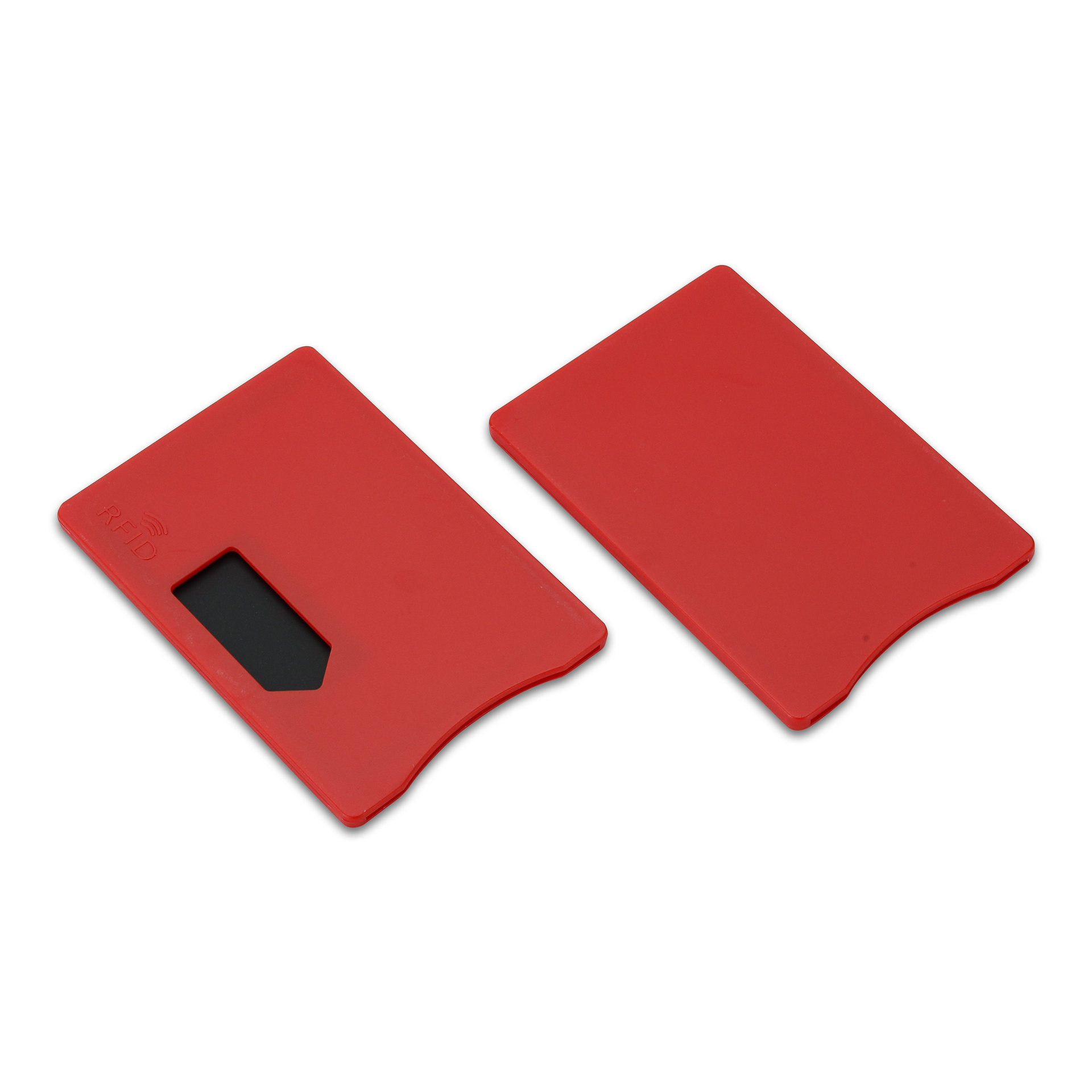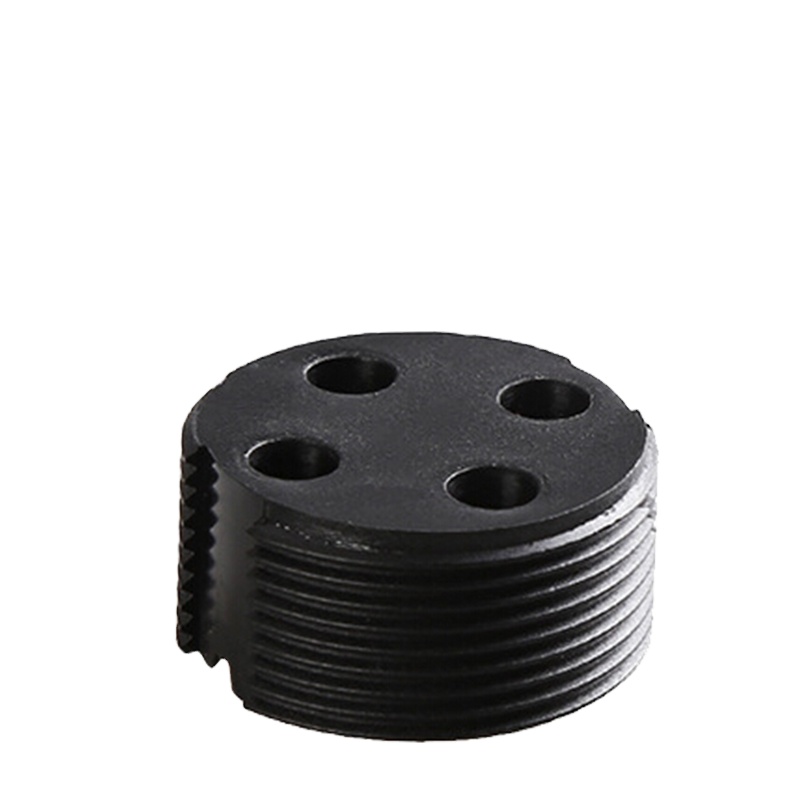
Koja je razlika između NFC-a i RFID-a?
Sadržaj
NFC i RFID: Ključne razlike, primjene i koji odabrati (Vodič za 2025.)
Od praćenja zaliha do beskontaktnih plaćanja, ove metode bežične komunikacije pomažu industrijama automatizirati procese, smanjiti pogreške i poboljšati sigurnost.
Ovaj vodič objašnjava razliku između RFID-a i NFC-a, kako oni funkcioniraju, njihove primjene i koji najbolje odgovara vašim potrebama u 2025. godini.
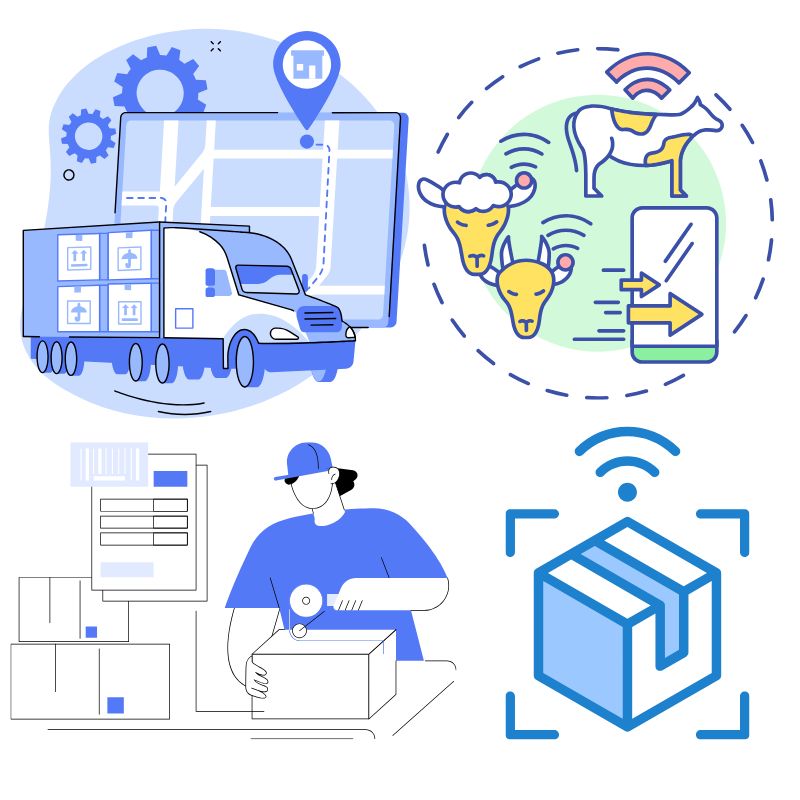
Što su RFID i NFC?
RFID (radiofrekvencijska identifikacija)
RFID koristi radio valove za automatsku identifikaciju i praćenje objekata putem RFID oznaka i RFID čitača. Često se koristi u industrijama poput logistike, maloprodaje, proizvodnje i zdravstva za praćenje imovine i optimizaciju operacija u lancu opskrbe.
- Bandske frekvencije: Niske (LF), Visoke (HF) i Ultra-visoke (UHF)
- Domet očitavanja: do 100 metara (aktivne oznake)
- Oznake: Pasivno (bez baterije) ili Aktivno (na baterije)
- Slučajevi upotrebe: upravljanje zalihama, praćenje imovine, kontrola pristupa
NFC (Near-Field Communication)
NFC je specijalizirani podskup RFID-a koji radi na 13,56 MHz (HF). Za razliku od općeg RFID-a, NFC omogućuje dvosmjernu komunikaciju između uređaja na vrlo kratkoj udaljenosti—obično ispod 4 cm. Široko se koristi za sigurnu i brzu razmjenu podataka, poput mobilnih plaćanja ili digitalnih poslovnih kartica.
- Bandska frekvencija: Visoka frekvencija (13,56 MHz)
- Opseg: Unutar nekoliko centimetara
- Interaktivnost: Podržava dvosmjernu komunikaciju
- Slučajevi upotrebe: beskontaktna plaćanja, uparivanje pametnih telefona, javni prijevoz
NFC naspram RFID-a: Koja je razlika?
Razlika između RFID-a i NFC-a leži u dometu, interaktivnosti, snazi i primjenama. Evo kratke usporedne tablice:
| Značajka | RFID | NFC |
|---|---|---|
| Frekvencijski pojas | LF, HF, UHF | HF (13,56 MHz) |
| Opseg čitanja | Do 100 metara | Unutar nekoliko centimetara |
| Komunikacija | Jednosmjerno (uglavnom) | Dvosmjerna |
| Izvor napajanja | Pasivno ili aktivno | Tipično pasivno |
| Prijave | Zalihe, lanac opskrbe, kontrola pristupa | Mobilna plaćanja, dijeljenje podataka |
| Interaktivnost | Niska | Visoka (interakcija korisnika i uređaja) |
- “RFID je idealan za praćenje imovine velikih razmjera, dok je NFC namijenjen sigurnim interakcijama na kratkim udaljenostima poput mobilnih plaćanja.”
Kako radi RFID tehnologija
RFID sustav se oslanja na tri ključne komponente:
- RFID oznake: pohranjuju informacije o artiklu (mogu biti samo za čitanje ili za čitanje/pisanje).
- RFID čitač: emitira signal za napajanje pasivnih oznaka i dohvaćanje podataka.
- Softverski sustav: Tumači i upravlja prikupljenim podacima.
Vrste RFID oznaka
- Pasivni RFID oznake: bez unutarnje baterije, napajaju se signalom RFID čitača.
- Aktivne RFID oznake: imaju vlastiti izvor napajanja za veći domet i česta ažuriranja podataka.
RFID i NFC čitači dostupni su u ručnim i fiksnim formatima, ovisno o primjeni.
Kako NFC radi
NFC tehnologija omogućuje komunikaciju na kratkoj udaljenosti između dva uređaja s podrškom za NFC ili između uređaja i NFC oznake.
Prednosti NFC-a:
- Jednostavnost Tap-and-Go: nije potrebno uparivanje ni skeniranje.
- Visoka sigurnost: Idealno za beskontaktne financijske transakcije.
- Dvosmjerna komunikacija: Za razliku od većine RFID sustava, podaci mogu teći u oba smjera.
Uređaji za čitanje NFC-a i RFID-a sve se više integriraju u pametne telefone, POS terminale i prolaze za prijevoz radi brzih, pouzdanih i sigurnih interakcija.
Primjene RFID-a
RFID i NFC pokreću raznolike aplikacije, ali domet i fleksibilnost RFID-a čine ga idealnim za:
Upravljanje zalihama
- Ažuriranja u stvarnom vremenu
- Automatsko praćenje kroz skladišta
Praćenje imovine
- Nadzor medicinske opreme, alata ili vozila
- Povećajte učinkovitost u logistici i zdravstvu
Kontrola pristupa
- Koristite RFID ključne kartice, privjeske ili bedževe.
- Kontrola pristupa zaštićenim zgradama ili zonama
Primjene NFC-a
Sigurnosne i kratkometne mogućnosti NFC-a ističu se u aplikacijama namijenjenim osobnoj i javnoj upotrebi:
Mobilno plaćanje
- Apple Pay, Google Pay, Samsung Pay.
- Sigurne transakcije u sekundi.
Pametni uređaji i marketing
- Dodirnite za pokretanje aplikacija ili dijeljenje kontaktnih podataka.
- Pametne oznake za informacije o proizvodu ili prijave.
Transportni sustavi
- Beskontaktne karte za prijevoz.
- Jednostavno ukrcavanje u mrežu metroa i autobusa.
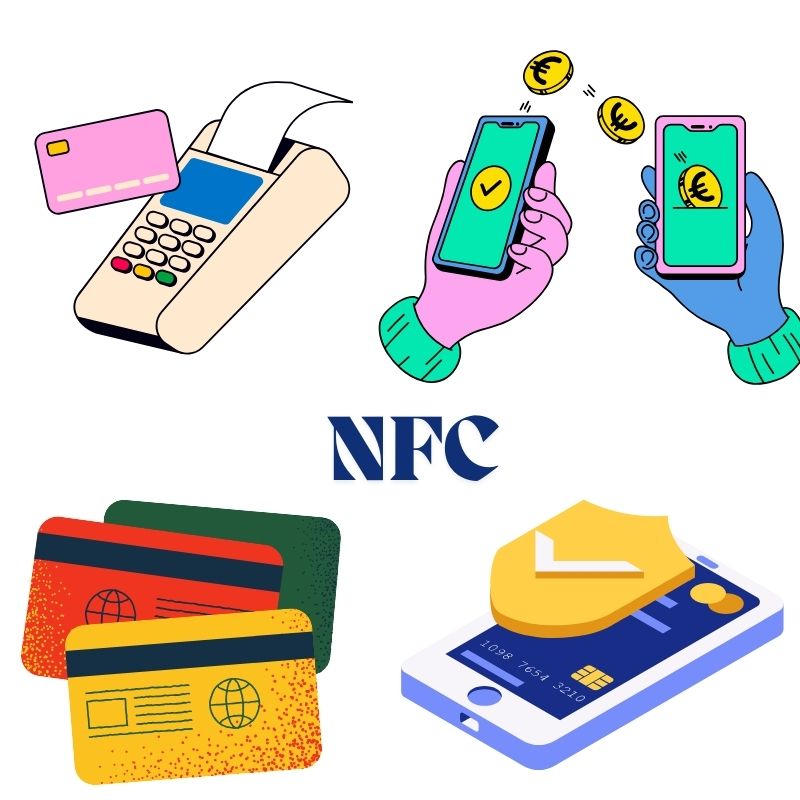
NFC vs RFID: Koji biste trebali koristiti?
| Slučaj upotrebe | Najbolja tehnologija |
|---|---|
| Praćenje velikog dometa | RFID |
| Inventar ili operacije lanca opskrbe | RFID |
| Sigurne, osobne transakcije | NFC |
| Mobilna plaćanja i identifikacija | NFC |
| IoT pametna automatizacija | Oba |
Ako upravljate tisućama imovinskih jedinica, RFID je vaš najbolji izbor. Za pojedinačne, sigurne interakcije—poput dodirivanja telefonom—NFC je očiti izbor.
NFC i RFID u Internetu stvari (IoT)
RFID i NFC su temeljni za IoT ekosustave, omogućujući fizičkim objektima da “govore” s digitalnim sustavima.
- RFID u IoT-u: Prati robu kroz lance opskrbe i proizvodne pogone.
- NFC u IoT-uOmogućuje sigurno uparivanje uređaja, pristup pametnom domu i upravljanje u stvarnom vremenu putem pametnih telefona.
“Kombinacija NFC i RFID oznaka transformira IoT povezivanjem fizičke imovine s oblakom.”
Uloga frekvencije u performansama NFC-a i RFID-a
Razumijevanje frekvencije pomaže pri odabiru pravog sustava:
- LF (125–134 kHz) – Kratki domet, koristi se u kontroli pristupa
- HF (13,56 MHz) – Koristi se i za RFID i za NFC
- UHF (860–960 MHz) – Dug doseg, idealan za lance opskrbe
Svaka frekvencija podržava različite raspone i brzine čitanja, što čini odabir RFID i NFC čitača važnim za performanse sustava.
Često postavljana pitanja o NFC-u i RFID-u
Koja je glavna razlika između RFID-a i NFC-a?
NFC je podskup RFID-a. Dok RFID podržava veći domet i jednostranu komunikaciju, NFC je dizajniran za dvosmjerne interakcije na kratkom dometu.
Mogu li se NFC i RFID oznake koristiti naizmjenično?
Ne uvijek. NFC radi samo na visokim frekvencijama (HF), dok RFID može koristiti niske frekvencije (LF), visoke frekvencije (HF) ili ultravisoke frekvencije (UHF). NFC oznake rade samo s NFC čitačima, a ne sa svim RFID čitačima.
Jesu li RFID oznake sigurne?
Pasivni RFID oznake mogu biti ranjive bez enkripcije. NFC nudi veću ugrađenu sigurnost, osobito za financijske transakcije.
Što je NFC i RFID čitač?
To je uređaj koji se koristi za čitanje RFID ili NFC oznaka. Mnogi moderni pametni telefoni služe kao NFC čitači za beskontaktne radnje.
Kako funkcioniraju NFC plaćanja?
Uređaji koriste NFC za bežični prijenos šifriranih podataka o plaćanju na kompatibilne terminale — nije potreban fizički kontakt.
Koje industrije najviše imaju koristi od RFID-a?
Maloprodaja, zdravstvo, logistika, proizvodnja i skladištenje koriste RFID za automatizaciju i vidljivost.
Završne misli
I RFID i NFC nude značajnu vrijednost—bilo da pratite palete ili plaćate pametnim telefonom. Vaš izbor trebao bi biti usklađen s vašim operativnim potrebama:
- Za široko, automatizirano praćenje odaberite RFID.
- Za sigurne interakcije na kratkoj udaljenosti odaberite NFC.
Kako se RFID i NFC oznake razvijaju s IoT-om, sada je savršeno vrijeme da ih integrirate u svoj tijek rada.
Trebate pomoć pri odabiru pravog NFC ili RFID sustava za vaše poslovanje?
Kontaktirajte nas danas ili istražite naš cjelokupni asortiman NFC i RFID čitača i etiketa.

Ray Zhou
Ovaj je članak napisao Ray Zhou, stručnjak za RFID tehnologiju s više od 10 godina iskustva u industriji.
Komentari
Vrući proizvodi
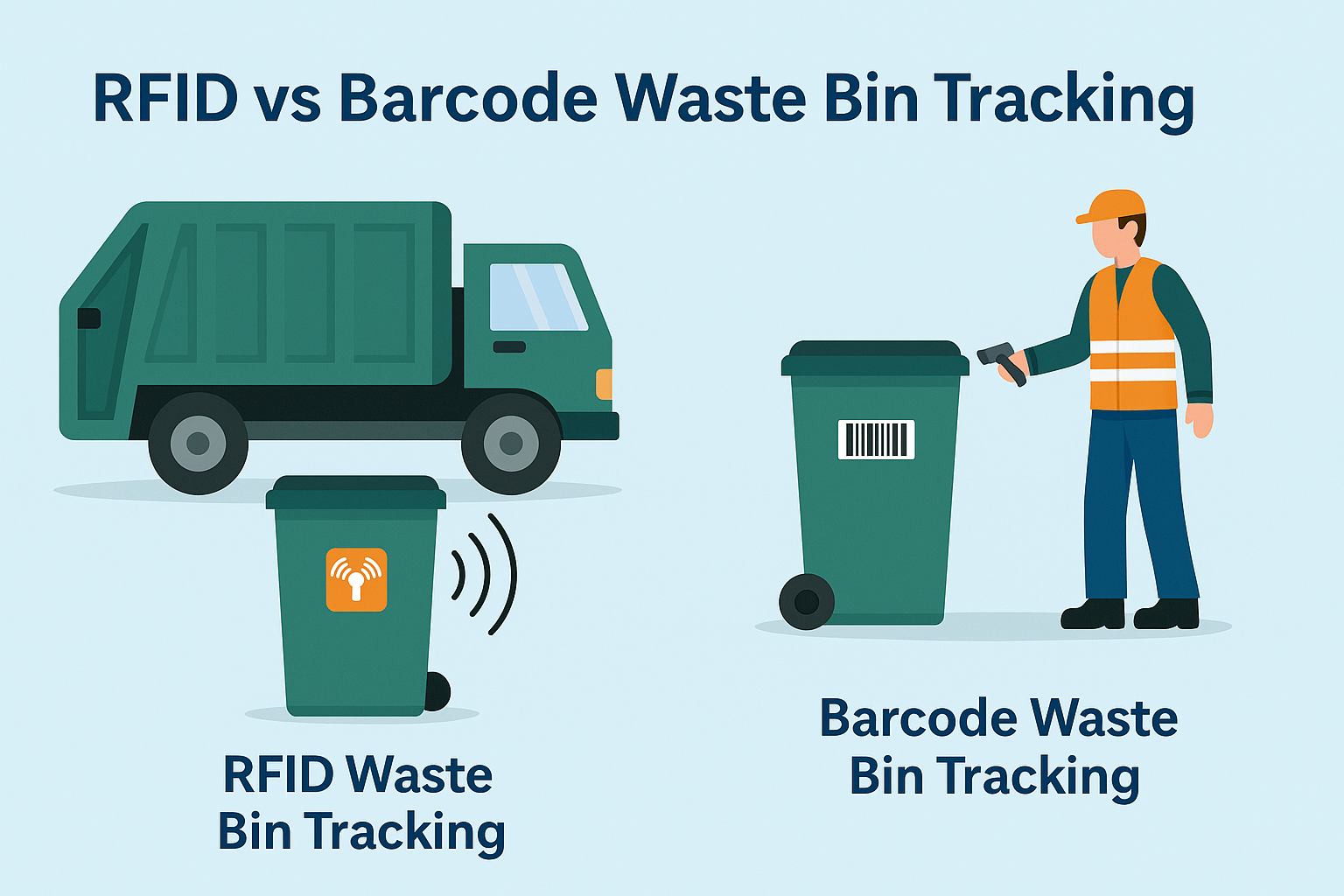
Što je upravljanje otpadom pomoću RFID-a
Zamislite grad u kojem svaki kanti za smeće govori — ne doslovno — nego putem malog čipa koji sustavu javlja kada je pun, kada je ispraznjen i kamo je odvezen. To je ono što RFID upravljanje otpadom danas radi.
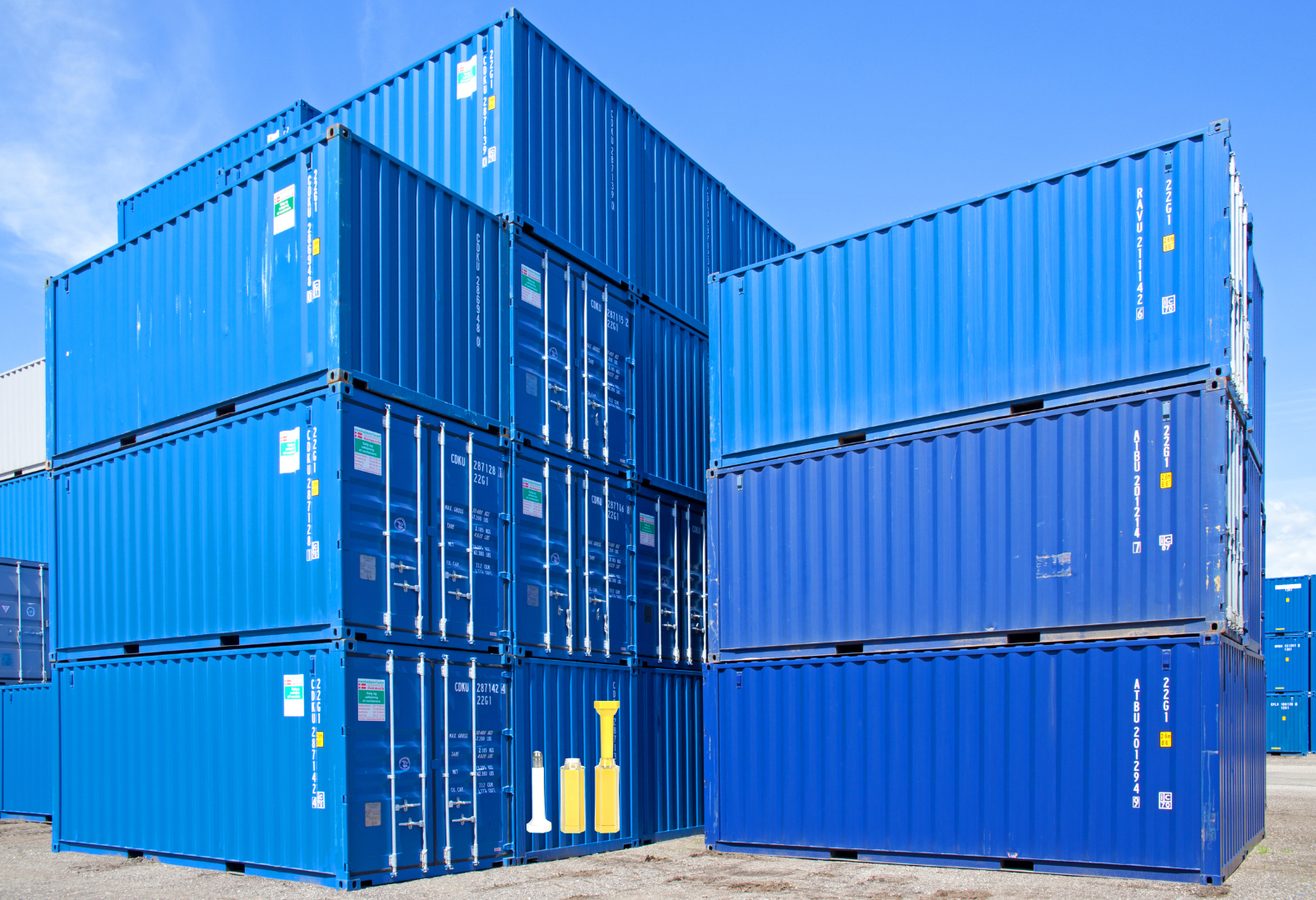
Što su Bolt Seals i njihove primjene? | Potpuni vodič
U globalnoj trgovini i logistici, boltni pečati igraju ključnu ulogu u osiguravanju sigurnosti tereta i usklađenosti. Ovi mali, ali moćni uređaji dizajnirani su za zaključavanje transportnih kontejnera, prikolica i vrata tereta pomoću mehanizma koji otkriva neovlašteni pristup.
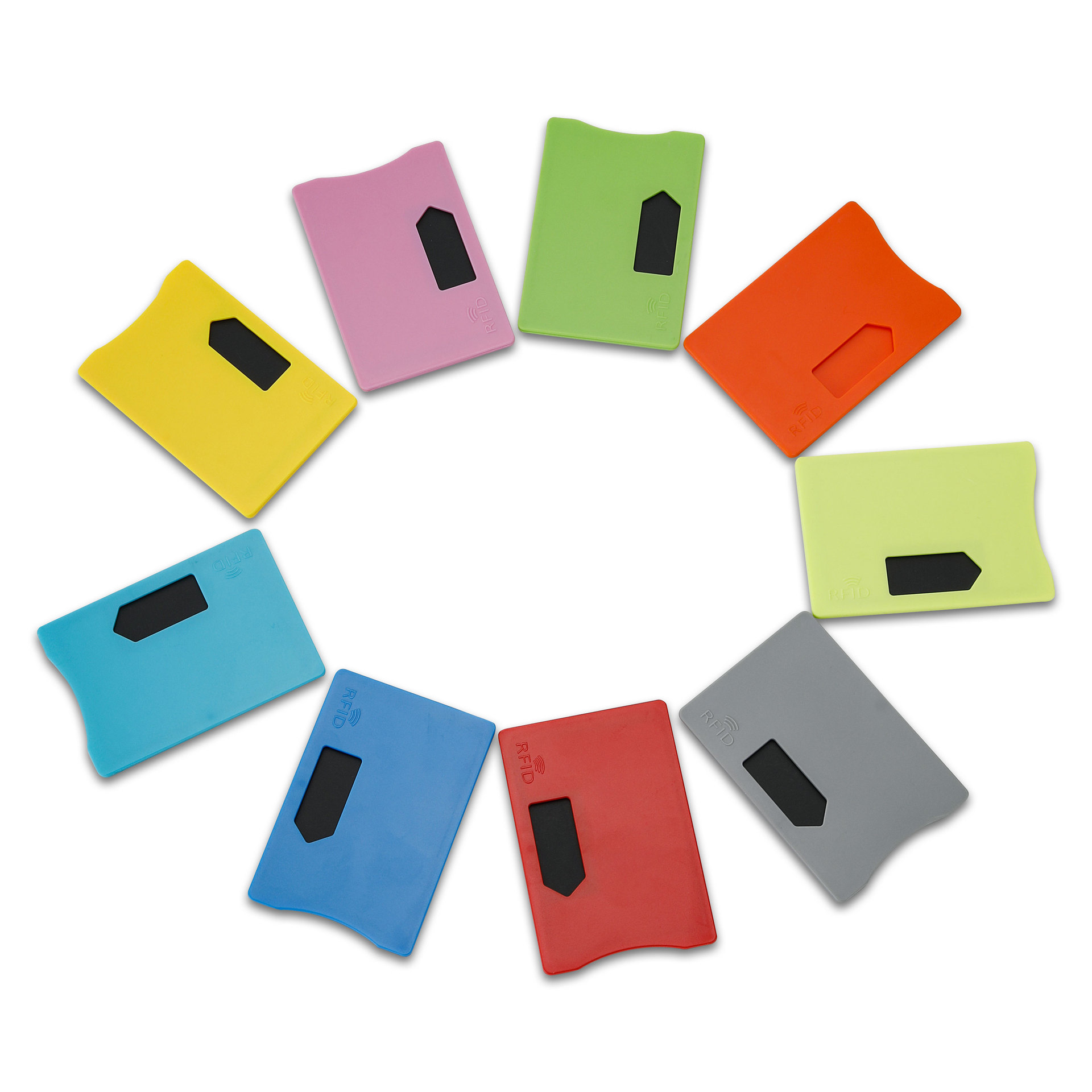
Što je zaštitnik RFID kartice? Prednosti, primjeri upotrebe i vodič za kupnju
RFID tehnologija (radiofrekvencijska identifikacija) prisutna je posvuda: u vašim kreditnim karticama, iskaznicama, prijevoznim karticama, ključevima hotelskih soba i još mnogo toga. Pruža brzinu i praktičnost, ali također otvara vrata novoj vrsti digitalne krađe nazvanoj “skimming”. Tu na scenu stupa zaštitnik RFID kartica.

RFID narukvice za događaje: Vodič za organizatore pri kupnji na veliko
RFID narukvice za događaje postaju omiljeno rješenje za organizatore kojima je potreban brži ulazak, sprječavanje prijevara i beskontaktno plaćanje na koncertima, festivalima i sportskim objektima. Za razliku od papirnatih ulaznica ili QR kodova, ove pametne narukvice koriste ugrađene čipove za pojednostavljenje pristupa, sigurnost transakcija i poboljšanje iskustva gostiju.
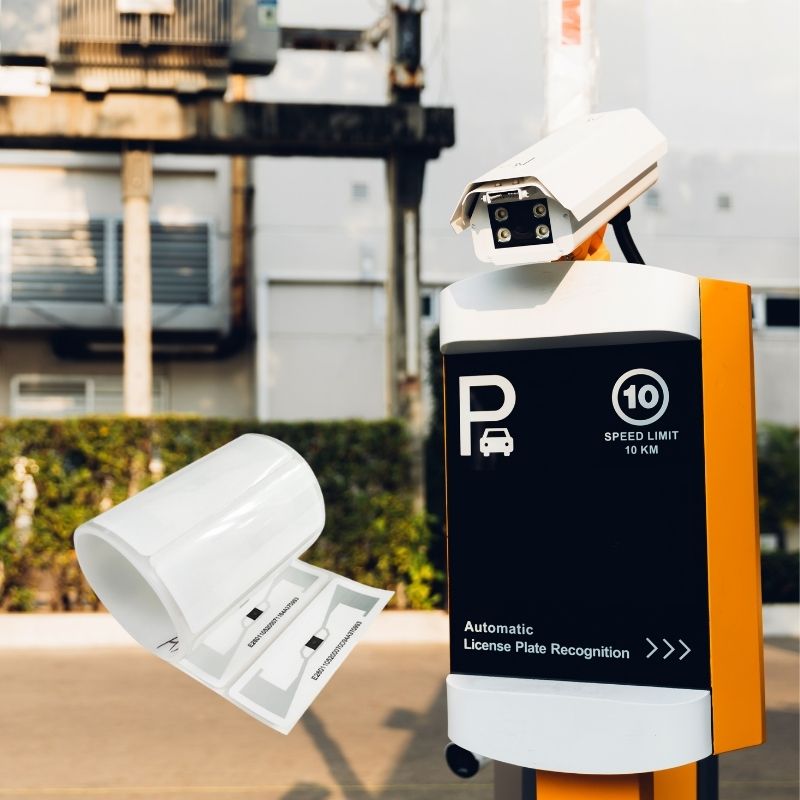
Kako RFID oznaka na vjetrobranskom staklu poboljšava kontrolu pristupa vozilu i sustave naplate cestarina
U današnjem brzom svijetu identifikacija vozila mora biti brza, sigurna i beskontaktna. RFID oznaka na vjetrobranskom staklu pruža upravo to — pouzdan način naplate cestarina, parkiranja i kontroliranog pristupa bez zaustavljanja vozila.
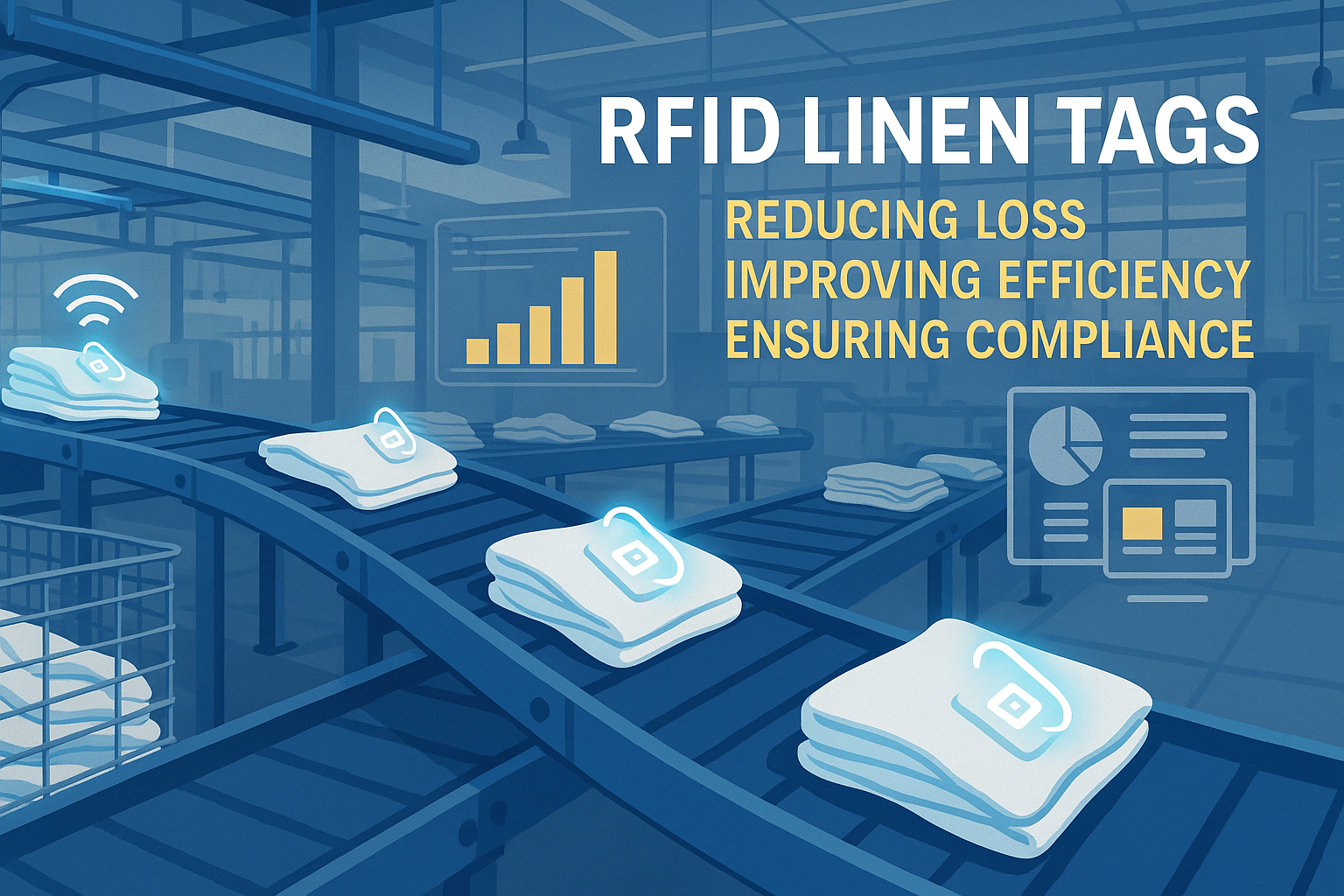
Prednosti RFID oznaka za rublje u komercijalnim praonicama
Upravljanje rubljem u bolnicama, hotelima ili velikim praonicama rublja veliki je posao. Svaki dan se tisuće plahti, ručnika i uniformi peru, sortiraju i vraćaju natrag. No problemi poput izgubljenog rublja, pogrešaka pri sortiranju i ručnog brojanja mogu tvrtkama koštati mnogo novca. Na primjer, hoteli srednje veličine mogu godišnje izgubiti više od $200.000 zbog nestalog rublja.
Tu na scenu stupa RFID oznaka za rublje.
oznake
POVEZANI BLOGOVI

Što je upravljanje otpadom pomoću RFID-a
Zamislite grad u kojem svaki kanti za smeće govori — ne doslovno — nego putem malog čipa koji sustavu javlja kada je pun, kada je ispraznjen i kamo je odvezen. To je ono što RFID upravljanje otpadom danas radi.

Što su Bolt Seals i njihove primjene? | Potpuni vodič
U globalnoj trgovini i logistici, boltni pečati igraju ključnu ulogu u osiguravanju sigurnosti tereta i usklađenosti. Ovi mali, ali moćni uređaji dizajnirani su za zaključavanje transportnih kontejnera, prikolica i vrata tereta pomoću mehanizma koji otkriva neovlašteni pristup.

Što je zaštitnik RFID kartice? Prednosti, primjeri upotrebe i vodič za kupnju
RFID tehnologija (radiofrekvencijska identifikacija) prisutna je posvuda: u vašim kreditnim karticama, iskaznicama, prijevoznim karticama, ključevima hotelskih soba i još mnogo toga. Pruža brzinu i praktičnost, ali također otvara vrata novoj vrsti digitalne krađe nazvanoj “skimming”. Tu na scenu stupa zaštitnik RFID kartica.

